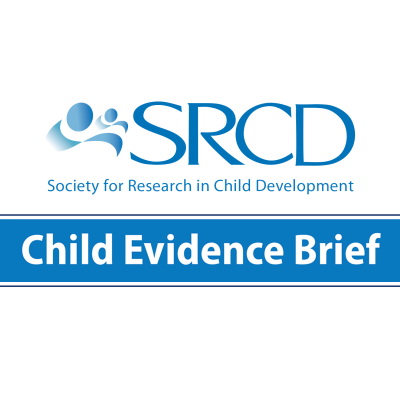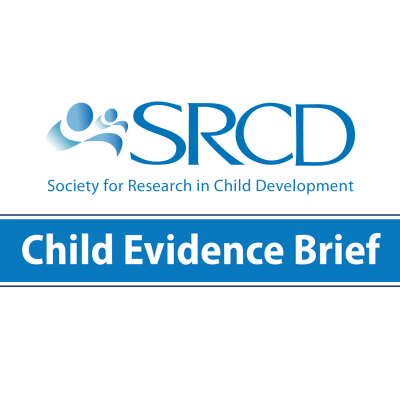Improving Prejudice-Reduction Programs in Schools: Lessons Learned Since Brown v. Board of Education
Social Policy Report Brief, Volume 21, Issue 2
Why Does This Matter?
School-based programs that aim to reduce racial prejudice have been an important legacy of the Supreme Court’s landmark ruling in Brown v. Board of Education, which in 1954 declared that separate public schools for black and white students were illegal. In the summer of 2007, however, the Supreme Court appears to have left open the question of how schools can achieve racial integration. The Court’s latest decision does not negate the need for reducing prejudice at a young age. Indeed, this new review of the science demonstrates that prejudice-reduction programs are needed. It also shows why some programs are more effective than others, and it points out issues policymakers and program developers should consider as they evaluate current programs and craft new ones
Prejudice comes in many forms and there is no better place than schools to influence how children view and treat others different from themselves. Three types of school-based programs reduce prejudice among students: multicultural curricula, cooperative learning, and training in ways of thinking without bias.
Policy Implications
Policymakers and program developers should consider that:
- Prejudice-reduction programs could be incorporated into the character education component of No Child Left Behind.
- Multicultural curricula may be less effective than cooperative learning and curricula that train children to think without bias.
- In general, multicultural curricula may not be very successful before age 8, because younger children have more difficulty contradicting stereotypes.
- For children over age 8, newer multicultural curricular programs that make use of approaches like modeling positive behavior with other racial groups might be more successful than other types of multicultural curricula.
- In multiethnic schools, it might be useful to reorganize classrooms to reflect cooperative learning approaches. For example, ethnically mixed cooperative learning groups may increase interracial friendships across a range of ages and also boost academic performance.
- In schools without racial diversity, programs that train children to think without bias may work better to reduce prejudice. In these homogenous schools, activities such as role-playing that promotes perspective-taking and empathy are advised.
What the Research Says
Since the Supreme Court’s Brown ruling, researchers have learned a lot about prejudice in children and the programs that aim to reduce prejudice in youth, including:
- Racially homogeneous schools cannot provide conditions for children to learn to get along with peers of other races; even multi-ethnic schools may not provide optimal contexts. That’s because the schools’ context—students’ and teachers’ racial composition, teachers’ attitudes, and school policies and practices that foster inequalities—affects relations between groups.
- Desegregation is more likely to lead to less prejudice when differences in status are reduced and there is widespread support for the approach.
- Assessments should reflect that prejudice appears in many different forms.
- Curricula that train children to think without bias are effective across the widest range of school contexts, age groups, and types of prejudice, making these an educator’s safest choice.
- More research is needed, specifically to understand how prejudice manifests in later childhood and adolescence—going beyond “black versus white” to include the reality of multi-ethnic schools, as well as issues of resegregation or more homogeneous schools.
Facts at a Glance
- Research suggests that children may be inherently prejudiced, a factor that often has been overlooked, undermining attempts to address this “invisible problem.”
- Exposure to peers of another race, such as that provided by desegregation, is not enough to reduce prejudice.
- Support for desegregation by teachers and administrators, as well as within the broader community, varies widely.
- Even children as young as 5 understand concepts of “unfairness” and therefore can learn about prejudice.
- Academic tracking frequently results in de facto segregation in schools, which further polarizes differences between groups. • In classes in which teachers place less emphasis on grades and standardized test scores, white children are more likely to choose African-American peers as friends.
This brief summarizes a longer Social Policy Report, "Teaching Tolerance in Schools: Lessons Learned Since Brown v.Board of Education About the Development," by Jennifer H. Pfeifer, postdoctoral fellow at the Ahmanson-Lovelace Brain Mapping Center; Christia Spears Brown, Assistant Professor in Developmental Psychology; and Jaana Juvonen, Professor and Chair of Developmental Psychology, all at the University of California, Los Angeles.


